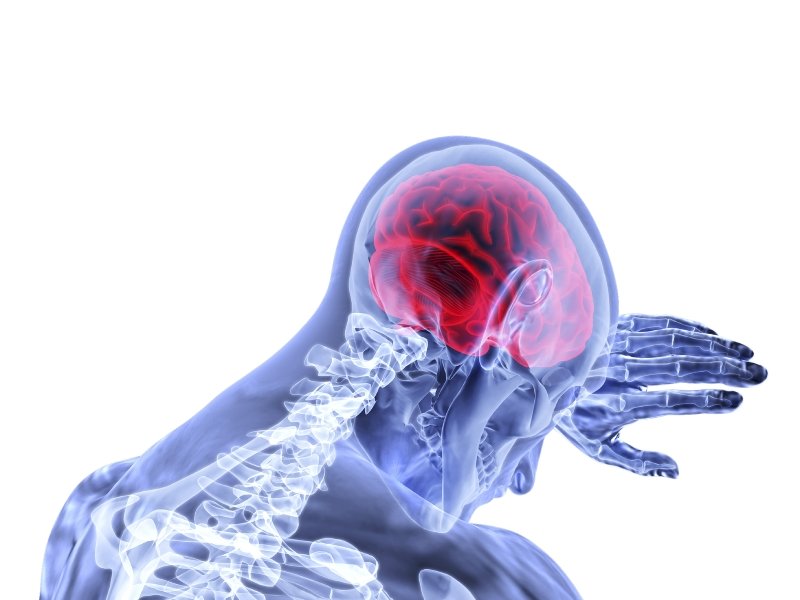
Canadian researchers have discovered that the healing process after a brain injury can give rise to the deadly brain tumor glioblastoma. By digging further to better understand that phenomenon, they’ve uncovered potential techniques for treating glioblastoma with precision medicine.
Researchers from the University of Toronto, Hospital for Sick Children and the Princess Margaret Cancer Centre analyzed samples from 26 glioblastoma patients and discovered that mutations in the brain can be modified by injury in ways that cause glioblastoma tumors to form. The data could be used to find better ways to target and kill glioblastoma cells, they argued in the journal Nature Cancer.
The team used single-cell RNA sequencing and machine learning to determine the molecular makeup of nearly 70,000 glioblastoma cells. They found cell subpopulations with signs of inflammation, strongly suggesting the brain tumors started to form during normal tissue regeneration that occurs after injury.
The scientists discovered that when mutant cells become involved in the repair of brain tissue, they continue to multiply, leading to tumor growth. This state of “injury response” was marked by signals of inflammation and immune activity, including an upregulation of interferon and TNFalpha.
The patients the Canadian team studied had varying degrees of injury response in their glioblastoma tumors. While some were biased towards that state, others leaned more towards the “developmental” state, meaning the glioblastoma stem cells were rapidly dividing, much like normal stem cells in the brain do before birth.
RELATED: New immuno-oncology combo attacks glioblastoma in mice and paves path to human trials
Regulating inflammation and the immune response is a popular idea among researchers looking for new approaches to treating glioblastoma. In October, Swiss researchers reported promising early results from trials of a drug that combines immune-stimulating cytokines with antibodies that target glioblastoma.
Other experimental approaches to rallying an immune response to glioblastoma include targeting IL-12 with gene therapy and blocking the immune checkpoints CTLA-4 and PD-1 in the brain.
The University of Toronto-led team found during their research that there are several therapeutic targets linked to inflammation that may work against glioblastoma but that had been overlooked before, they reported. They are now conducting further research in the hopes of establishing methods for analyzing individual patients’ tumors—and then finding drug cocktails that will work based on where they fall on the gradient of developmental and injury-response glioblastoma.
“We’re excited about what this tells us about how cancer originates and grows,” said co-author Peter Dirks, chief of the neurosurgery at Hospital for Sick Children, in a statement. The finding, he added, “opens up entirely new ideas about treatment by focusing on the injury and inflammation response.”


